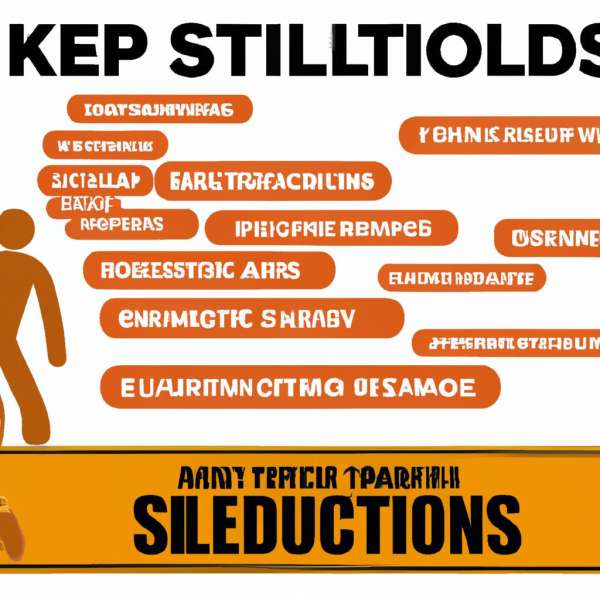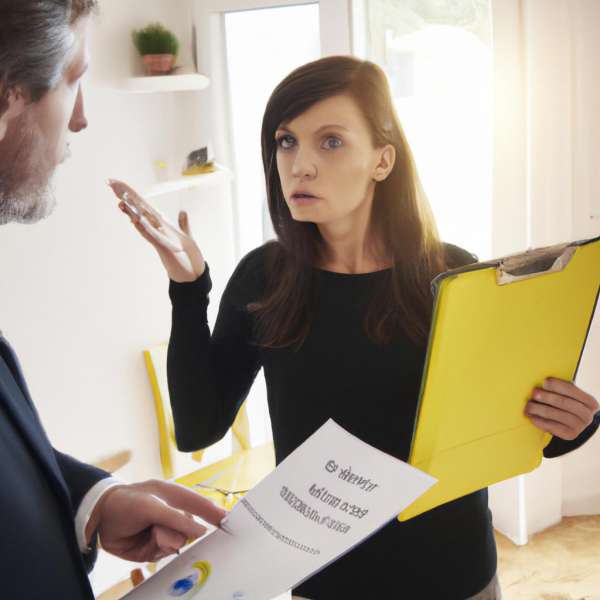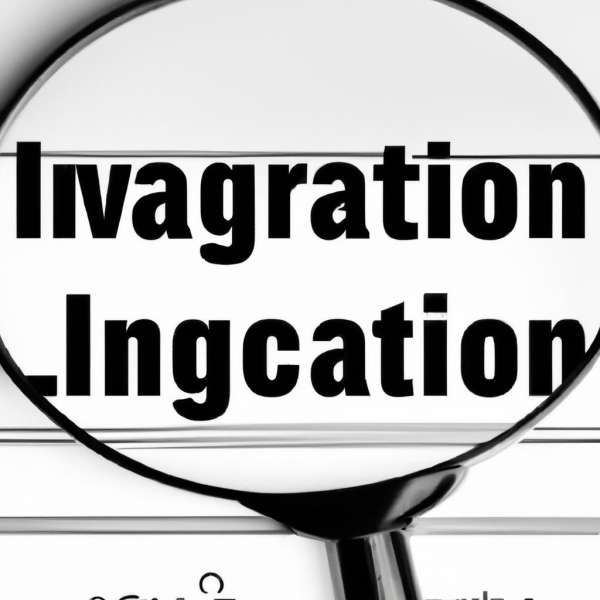Navigating the Unexpected: A Practical Guide to Handling Slip and Fall Accidents
Picture this: you’re strolling through a quaint storefront, admiring beautifully arranged displays, when suddenly, your foot slips on an unseen puddle. In a heartbeat, the joyful afternoon transforms into a distressing event. Slip and fall accidents can happen to anyone, anywhere, and their impact can ripple through both physical well-being and emotional stability. While the initial shock may leave you reeling, knowing how to respond in the moment can make all the difference. In this article, we’ll explore essential steps to take immediately following a slip and fall incident, from assessing your injuries to understanding your rights. Whether you’re navigating a minor mishap or a more serious situation, equipping yourself with the right knowledge empowers you to handle the unexpected with confidence.

Understanding the Causes and Consequences of Slip and Fall Incidents
Slip and fall incidents can occur anywhere – from bustling grocery stores to serene parks. Understanding the intricacies behind these accidents is crucial in addressing their implications. These incidents often result from various factors, including:
- Environmental Hazards: Wet floors, uneven pavements, and cluttered walkways.
- Negligence: Failure to maintain safe conditions or inadequate warnings about potential dangers.
- Weather Conditions: Rain, snow, or ice can create slippery surfaces that increase the risk of falls.
- Footwear Issues: Improper or inappropriate footwear can contribute to losing balance and stability.
The consequences of these accidents can be far-reaching, affecting both the individual involved and the responsible parties. Victims may experience:
- Physical Injuries: Ranging from minor bruises to severe fractures or head trauma.
- Emotional Impact: Anxiety or fear related to falling again can significantly affect one’s quality of life.
- Financial Burdens: Medical bills, lost wages, and potential legal fees can accumulate rapidly.
On the other side of the equation, property owners or managers may face legal repercussions, including lawsuits and increased insurance premiums. It’s vital to approach safety proactively, as understanding these causes and consequences can guide both preventive measures and responses to incidents when they occur. Businesses, in particular, must prioritize maintaining safe environments to protect patrons and manage their responsibilities effectively.

Immediate Steps to Take After a Slip and Fall Accident
Experiencing a slip and fall accident can be disorienting, but knowing the right steps to take can significantly impact your well-being and any potential claims. After ensuring your safety, it’s vital to document the scene. **Take pictures** of the location, highlighting any hazardous conditions, such as wet floors, uneven surfaces, or poor lighting. Timestamp these images if possible, as this evidence could prove crucial later.
Next, **seek medical attention** even if you feel fine. Some injuries, like concussions or internal trauma, may not present symptoms immediately. A medical professional can assess any potential injuries and provide a record of your condition, which is beneficial for any future claims. Maintain a document detailing your symptoms, treatments, and recovery progress.
It’s also important to **report the incident** to the property owner or manager. Ensure that a written report is created, and request a copy for your records. Keeping a detailed log of all communications related to the incident can be invaluable later in directing your legal action or insurance claims.
If you plan to pursue compensation, consider consulting with a personal injury attorney who specializes in slip and fall cases. An expert will guide you through the process and help you understand your rights. Your next steps might include:
| Action | Description |
|---|---|
| Consult Legal Help | Understand your rights and options. |
| Gather Evidence | Collect witness statements and documentation. |
| Notify Insurance | Report the incident to your insurance provider. |
| Follow Up on Treatment | Adhere to any prescribed medical care. |

Gathering Evidence and Documenting Your Case
When dealing with a slip and fall accident, gathering evidence is crucial for building a strong case. The first step is to document the scene thoroughly. Use your smartphone or a camera to take clear photographs of:
- The location of the fall: Capture wide-angle shots that show the surrounding area.
- Potential hazards: Look for wet floors, uneven surfaces, or misplaced objects that may have contributed to your fall.
- Your injuries: Photograph bruises, cuts, or other visible injuries right away to document their condition.
In addition to visual evidence, witness statements can serve as powerful tools. If there are any bystanders present, gather their contact information and ask them if they would be willing to provide a statement regarding what they saw. This can add valuable context and support to your claim.
Next, keep detailed records of all medical treatment related to your injury. Document the following:
| Date | Doctor/Facility | Treatment Received |
|---|---|---|
| MM/DD/YYYY | Dr. Smith’s Clinic | Initial consultation and x-rays |
| MM/DD/YYYY | ABC Rehabilitation Center | Physical therapy sessions |
| MM/DD/YYYY | Local Hospital | Surgery (if applicable) |
These records should include the names of the healthcare providers, the dates of appointments, and the nature of the medical treatments or therapies you received. A thorough documentation of your injuries and treatments not only assists your claim but also helps establish the extent of your pain and suffering. By methodically collecting all pertinent information, you’ll be better equipped to present a compelling case.

Navigating Legal Options and Seeking Compensation
When faced with the aftermath of a slip and fall accident, understanding your legal options is crucial for pursuing the compensation you may deserve. First and foremost, it’s essential to document the incident thoroughly. This includes taking photographs of the scene, collecting witness information, and maintaining a detailed account of the events leading up to the fall. Having this information at hand will bolster your case significantly.
Once you have documented the incident, consider the following steps:
- Consult a Personal Injury Attorney: Engaging with a legal expert who specializes in personal injury cases can provide you with invaluable insight into your rights and options.
- Evaluate Medical Expenses: Keep a comprehensive record of all medical injuries related to the accident. This includes hospital visits, medication, rehabilitation, and any ongoing treatment.
- Assess Lost Wages: If your injuries have affected your ability to work, calculate the lost income to include in your compensation claim.
- Determine Liability: Identifying who is at fault is crucial. Whether the incident occurred due to hazardous conditions or negligence, clarity on liability can shape your legal strategy.
In seeking compensation, be aware that various factors will influence the outcome of your case, including the severity of your injuries, the circumstances surrounding the incident, and local laws governing slip and fall claims. It’s important to approach this process with realism regarding potential timelines and outcomes.
| Compensation Factors | Description |
|---|---|
| Medical Expenses | Costs related to injury treatment and rehabilitation. |
| Lost Wages | Income lost due to time off work for recovery. |
| Pain and Suffering | Compensation for physical and emotional distress. |
| Future Expenses | Projected costs for ongoing medical treatment and care. |
Ultimately, navigating the complexities of slip and fall incidents requires careful consideration of your legal rights and a proactive approach to gather evidence. By actively seeking the right resources and advice, you can enhance your chances of securing a fair compensation for your injuries and losses.
In Retrospect
understanding how to effectively handle slip and fall accidents can make all the difference in navigating the aftermath of an unexpected incident. By acting swiftly and ensuring that all relevant details are documented, individuals can protect their rights and facilitate a smoother recovery process. Whether you find yourself as a victim or a bystander, your response can significantly impact the outcome. Remember, awareness and preparation are your best allies. As you move forward, stay informed about your surroundings and the potential risks that they may present. A little vigilance today can pave the way for a safer tomorrow. Stay safe, stay aware, and don’t hesitate to seek professional guidance when needed. Your well-being is worth it.


